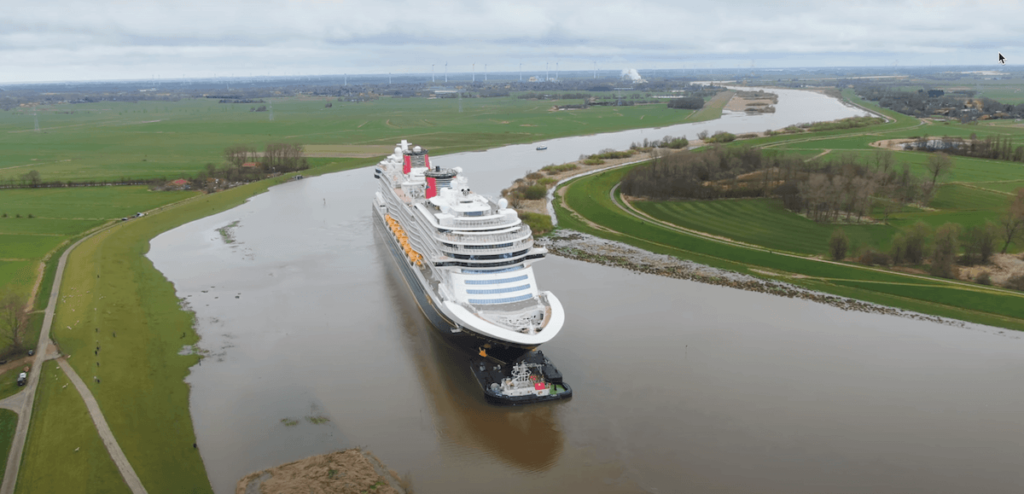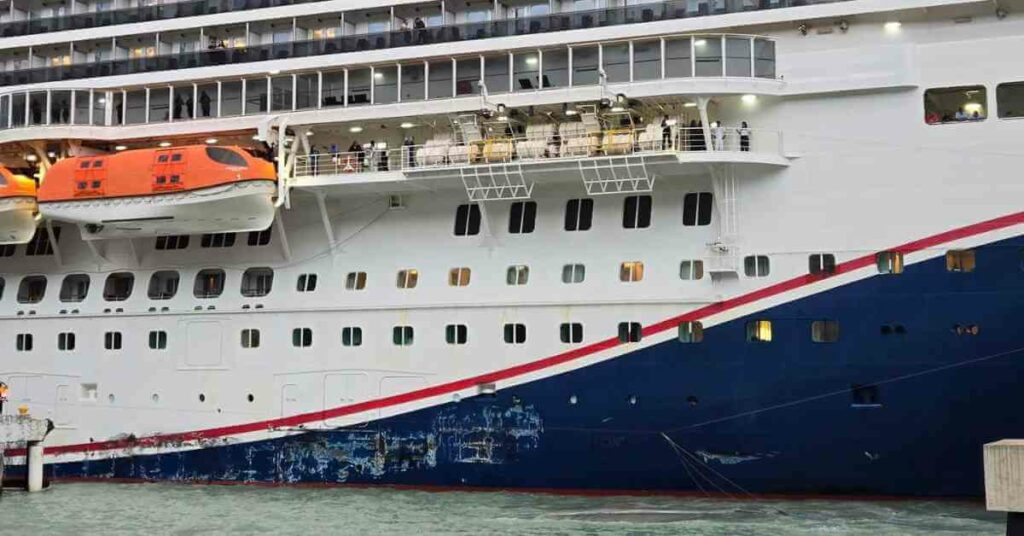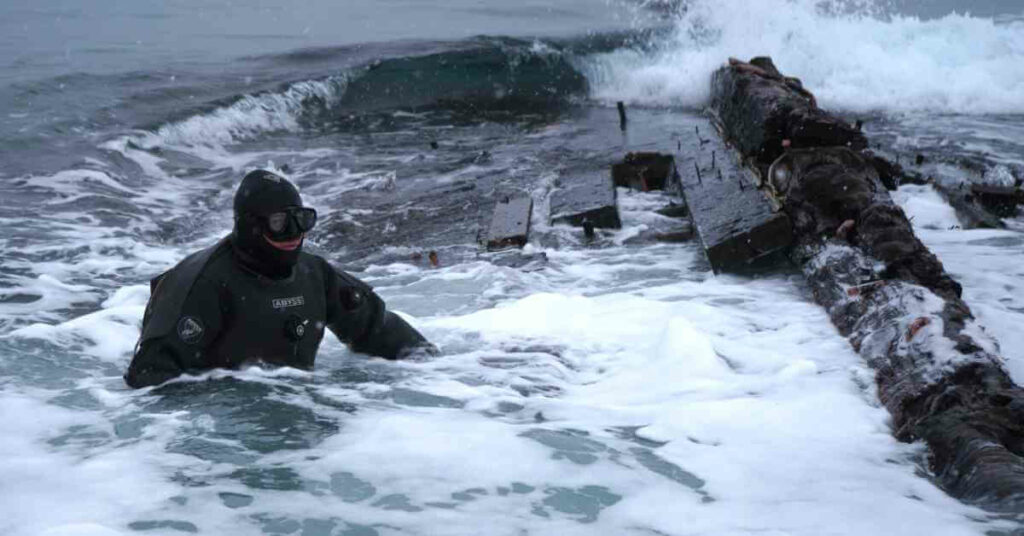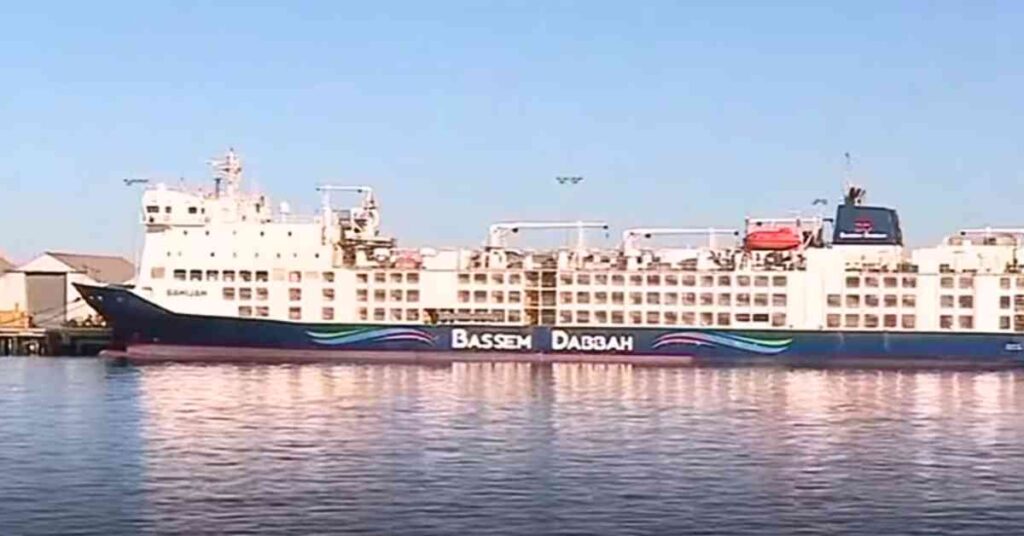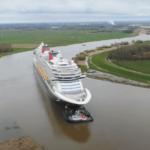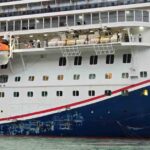Why Do Ships Experience Bank Effect In The Suez canal ?
Do you remember the Ship that blocked the Suez Canal and Halted world trade?
One of the reasons for this accident was Bank Cushion and Suction Effect on ships.
Well, let’s find out what it is.
When a ship moves through restricted waters, it has to navigate close to the shore and other manmade structures because of limited navigable width.
The shallow water and proximity of the sides of the channel affect the ship navigating through the restricted waters. These effects cause errors in manoeuvring which can lead to grounding or collision.
Any ship (regardless of its size) navigating through restricted waterways is heavily affected by hydrodynamic effects.
In this video, we will understand one of the most common effects experienced by ships – Bank effect.
The bank effect refers to the tendency of the ship’s stern to swing towards the near bank when the ship is operating in a river or restricted waterway.
Let’s understand the bank effect in its most simplistic form.
The hydrodynamic pressure distribution system around the forward-moving ship can be seen as a boundary layer of water surrounding a ship when it makes headway.
Forward the pivot point of the ship, a positive pressure area builds up; however, after the pivot point, the flow of water down the ship side creates a low-pressure area.
This area extends out from the ship and does not cause any concern in deep waters or when the ship is clear of any obstruction or traffic along her route.
However, when the ship closes in on a bank, the pressure on the bow works on a short turning lever forward of the pivot point, but the lower pressure or suction area, on the other hand, works well after the pivot point and is consequently a very strong force.
The suction area further drops pressure as the water gets squeezed and accelerates. As a result of the two forces, the stern of the ship will likely be sucked into the bank.
It can be tough to break out of this hold of the ship requiring constant corrective rudder action and power, sometimes hard over even to control the hedging.
The bank effect increases with an increase in speed. If the speed is too high, the bank effect can be severe and sudden, and it can catch the ship handler unaware.
A navigator should slow down the ship and steer towards the bank. Doing so may make it possible to strike a balance with your ship running parallel to the bank.
Let us know if you found this video helpful! Do let us know in the comment if you have ever experienced a Bank effect on your ship.
Disclaimer: The authors’ views expressed in this article do not necessarily reflect the views of Marine Insight. Data and charts, if used, in the article have been sourced from available information and have not been authenticated by any statutory authority. The author and Marine Insight do not claim it to be accurate nor accept any responsibility for the same. The views constitute only the opinions and do not constitute any guidelines or recommendations on any course of action to be followed by the reader.
The article or images cannot be reproduced, copied, shared, or used in any form without the permission of the author and Marine Insight.
Do you have info to share with us ? Suggest a correction

About Author
Zahra is an alumna of Miranda House, University of Delhi. She is an avid writer, possessing immaculate research and editing skills. Author of several academic papers, she has also worked as a freelance writer, producing many technical, creative and marketing pieces. A true aesthete at heart, she loves books a little more than anything else.
Latest Videos Articles You Would Like:
- Watch: Giant Disney Cruise Ship Maneuvers Through Impossibly Narrow River
- Cruise Ship Damaged Due To Severe Weather, Passengers Stuck Abroad
- Archaeologists Examine 19th-Century Shipwreck Found On Canadian Coast
- Australia Stops Livestock Ship From Sailing Around Africa To Israel Amidst Houthi Attacks
- Iran Warns U.S. Of Targeting Cargo Ships Following Latest Airstrikes On Houthis
- Watch: Ukrainian Forces Destroy Russian Missile Boat In Black Sea Operation
Daily Maritime News, Straight To Your Inbox
Sign Up To Get Daily Newsletters
Join over 60k+ people who read our daily newsletters
By subscribing, you agree to our Privacy Policy and may receive occasional deal communications; you can unsubscribe anytime.



